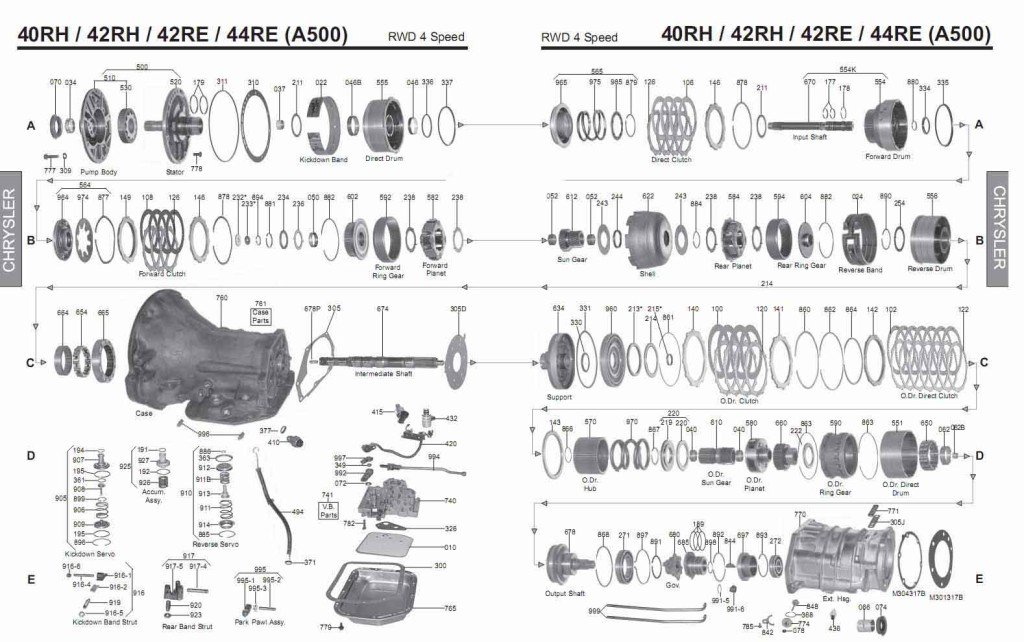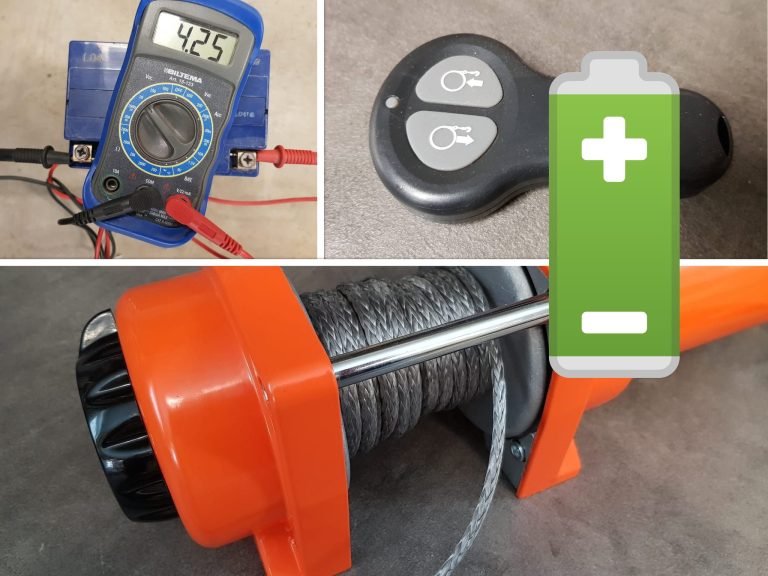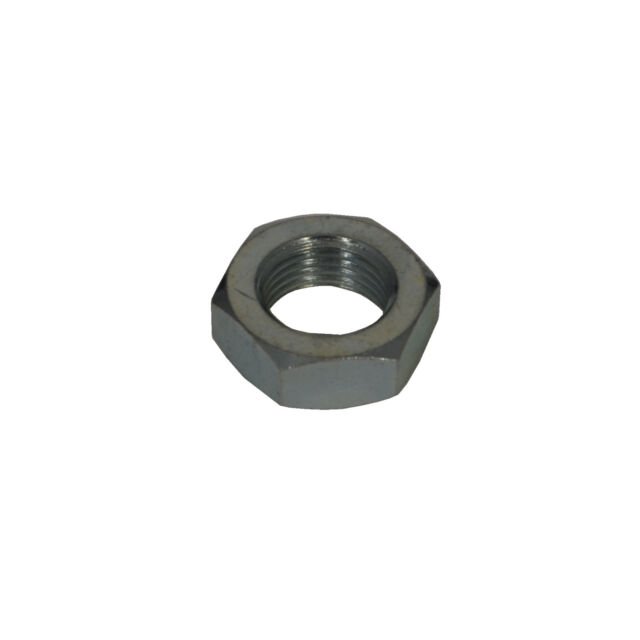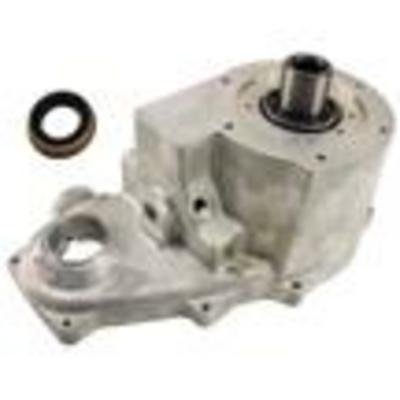42re Transmission Fluid Capacity
The 42RE transmission, otherwise known as the A500SE, is a 4 speed automatic overdrive transmission that is popular among car enthusiasts. When operating smoothly, it significantly enhances a vehicle’s performance by seamlessly transitioning power from the engine to the wheels. However, to ensure the optimal performance of a 42re transmission, it is crucial to maintain its fluid at the right level.
For a 42RE transmission, the total fluid capacity is approximately 8.9 to 10.0 liters, or 9.4 to 10.6 quarts. Keep in mind that these values represent its total capacity. If you are merely changing the fluid, you may not need to replace the entire amount, as some fluid will always remain in the transmission’s nooks and crannies even after draining. Typically, for a simple fluid change, you may require around 4.0 to 6.0 liters or 4.2 to 6.3 quarts.
These are only approximate values, and the exact quantity may differ based on the specific model of your vehicle. Always refer to your automobile’s owner manual or consult with a qualified mechanic before replacing the transmission fluid.

Understanding the Importance of the Right Transmission Fluid Level
Fluid is the lifeblood of any transmission. It cools, lubricates, and protects the transmission’s internal components, ensuring its optimal working condition. When the level of fluid is not adequate, it may lead to various problems like overheating, slipping, and even transmission failure.
Firstly, fluid provides lubrication to the moving parts of a transmission and reduces friction, preventing excessive wear and tear. Additionally, it also helps in the cooling process, drawing heat away from the transmission components and maintaining the optimal temperature for operation.
Furthermore, the fluid acts as a hydraulic medium that assists in gear shifts. A correct amount of fluid ensures smooth gear shifts, while inadequate fluid can lead to rough or jerky shifts that could damage the transmission in the long run.
Last but not least, transmission fluid also protects the transmission from dust and debris, as it contains additives that keep the transmission clean and enhance overall operation.
Signs of Low Transmission Fluid in 42RE
Just like humans know when they’re thirsty, automobiles too give signs when they are low on transmission fluid. Some of the most common symptoms of low transmission fluid in a 42RE transmission include:
– Slipping: If you experience your vehicle slipping out of gear for no apparent reason, it’s usually a direct indication of low transmission fluid.
– Overheating: Transmission fluid aids in maintaining the right temperature of the transmission. When its level falls, the transmission tends to heat up, which could further lead to more severe issues.
– Trouble Shifting Gears: Difficulty in shifting gears is another common symptom of inadequate transmission fluid. You might experience a delay or struggle while shifting gears, particularly from neutral to drive or reverse.
– Unusual Noise: If your car is producing strange noises like humming, whining, or clunking, it might be due to low levels of transmission fluid.
How to Check 42RE Transmission Fluid Level
If your vehicle shows any of the above symptoms, it’s time to check the fluid level. Here’s a simple step-by-step guide on how to check the 42RE transmission fluid level:
1. Warm up the engine: Start your vehicle and let it run for a few minutes until the engine warms up and reaches its operating temperature.
2. Be on a flat surface: Ensure your vehicle is on level ground. A slope might lead to inaccurate readings.
3. Shift gears: With the engine still running, shift through all the gears, pausing for a few seconds on each gear, then finally returning to the park or neutral position.
4. Pull out the dipstick: Locate the transmission dipstick, pull it out, wipe it clean, and insert it back into the tube.
5. Check the level: Pull the dipstick out again and check the fluid level. There will usually be two marking indicating the low and high levels. Your fluid level should preferably be between these two markers.
6. Examine the fluid: While checking the level, also examine the fluid’s color and smell. It should typically be transparent with a reddish hue and should not smell burnt.
Frequently Asked Questions
Q. What happens if you overfill 42RE transmission fluid?
Overfilling 42RE transmission fluid can lead to erratic shifting, slipping, overheating, and damage to the transmission. The excess fluid can foam, failing to provide the necessary lubrication, leading to transmission failure.
Q. How often should I change 42RE transmission fluid?
As a rule of thumb, transmission fluid should be replaced every 30,000 to 60,000 miles. However, refer to your vehicle manufacturer’s guidelines as the interval may vary depending on the brand and model.
Q. Can I use any transmission fluid in my 42RE?
It’s crucial to use only the type of fluid recommended by the vehicle manufacturer. Using the wrong type can cause issues like slipping, overheating, and decreased fuel efficiency.
Final Thoughts
Maintaining the correct 42RE transmission fluid capacity is instrumental in keeping your vehicle running optimally. Over or under-filling can lead to issues that can be costly to repair. Be sure to regularly check levels, only use recommended fluids, and consult with a professional when unsure. Remember, a bit of preventive maintenance can go a long way in saving you from major headaches down the line.







